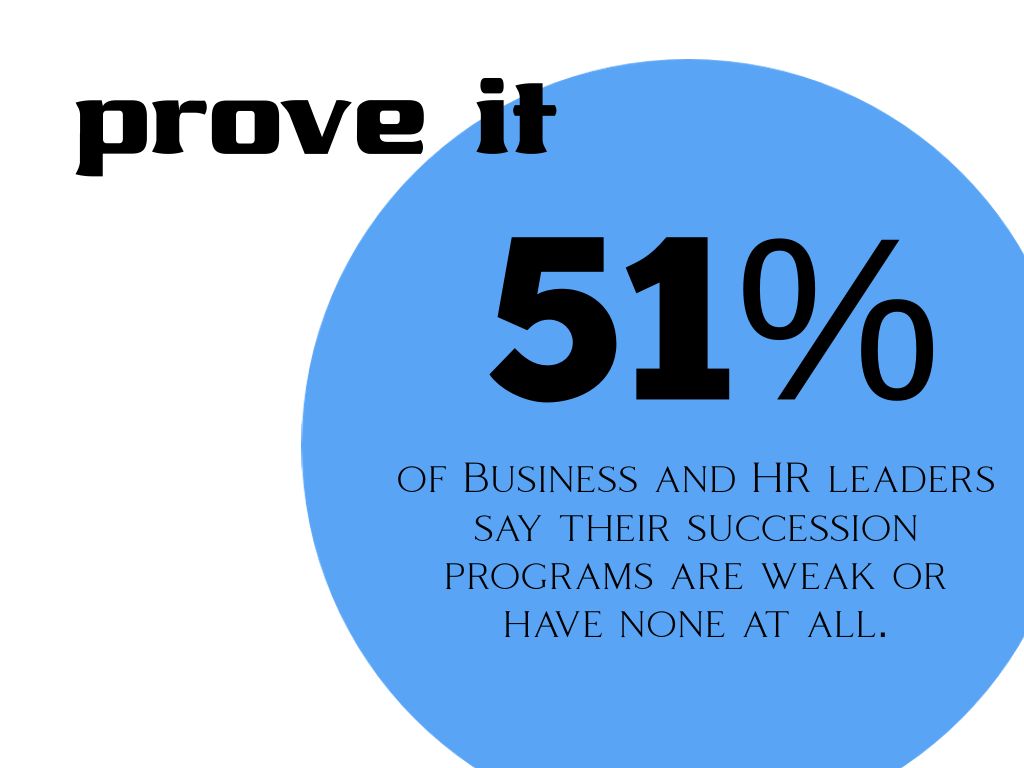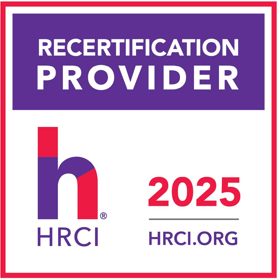Use succession business metrics to develop a strategy to retain top talent and reduce external recruiting expenses.
It’s inevitable—eventually every employee will leave an organization. So why not proactively plan for talent loss? Often, an organization seems surprised and caught off guard when a talented employee leaves, and this surprise is typically followed by a costly and time-consuming search to fill the position. It is always better to plan and to behave proactively in a business, rather than address problems on a reactive basis. And risk management is a vital function of any successful business to avoid or mitigate obstacles, roadblocks, and problems. Companies can further use strategies like succession planning and talent loss risk management to plan for potential talent needs by proactively identifying and preparing employees for future roles and identifying high-vacancy–risk employees.
A succession strategy helps companies retain top talent and reduce external recruiting costs, while also giving employees the time and tools to discuss their career interests with managers and receive additional development that prepares them for internal career opportunities. But how do companies formally measure these benefits?
Succession business metrics
While each organization’s succession strategy should be unique to its business needs and culture, all organizations can use several important metrics to demonstrate the value of succession planning.
How often are vacant or newly created leadership roles filled with an internal candidate? When planning a talent-review succession strategy, organizations should first take a baseline measurement to deter-mine the frequency that they fill vacant leadership positions with an internal successor candidate versus an external new hire.
For most, it is desirable to have a larger percentage of internal candidates to fill open leadership positions, because internal candidates already know the organization, the customers, the products or services, and the culture, and they know who to contact to get things done. Internal candidates are also less expensive to hire, saving the company external recruiting fees. If an organization can increase its internal fill of leadership roles, it should also be able to show a return on investment by calculating a reduction in new talent acquisition expenses.
Is the succession strategy positively affecting employee engagement results?
Employee engagement surveys typically include questions pertaining to an employee’s satisfaction with her career growth and development within the company. After implementing talent review meetings, career discussions, succession planning, and additional resources to develop top talent, the company should see these ratings improve.
How do business leaders perceive the value of talent review meetings and succession planning processes?
Companies should also survey business leaders who participate in talent review meetings and in succession planning processes to obtain their views about any strengths or improvement areas they perceive in the talent strategy. These data do not deliver an ROI level of evaluation, but the survey provides an opportunity for managers to express their views about the business value of the talent strategy and ideas for improvement.
THE VALUE OF SUCCESSION PLANNING IS DEMONSTRATED WHEN COMPANIES FILL LEADERSHIP VACANCIES WITH THE IDENTIFIED AND DEVELOPED INTERNAL SUCCESSOR CANDIDATES.
How often do identified successor candidates fill positions?
The first year an organization conducts talent review and succession procedures, it is appropriate to review basic metrics, such as the number of managers who have identified at least one successor candidate, and to measure employees who are multisuccessors for more than one position.
The most important metric to review over time is the percentage of successor candidates who fill the positions they were identified for through the succession planning process. If companies don’t track this metric, managers are more likely to simply put down names, regardless of whether they are valid successor candidates. The value of succession planning is demonstrated when companies fill leadership vacancies with the identified and developed internal successor candidates.
Further, companies should review the reasons why an identified internal successor candidate could not fill a position and look for succession planning validity issues. Without this metric, it is difficult to identify whether the succession strategy is producing valid successor candidates.
A common error that produces invalid succession plans is when companies’ fail to factor in their employees’ career interests. Career discussions with employees (following a standard template as guidance) are a vital part of identifying valid succession plans. Otherwise, an organization may think it has a valid plan only to discover, when a position opens, that the identified successor is not interested. When this occurs, companies may say that succession planning doesn’t work. But the strategy isn’t flawed; rather, the succession process lacks career discussion data.
How much is spent on external recruiting suppliers and search firms?
Companies should calculate the average amount they spend each year for a minimum of three years on external candidate search expenses, such as recruiting or marketing sites, hiring bonuses, executive search firm fees, candidate screening, and testing services. Often, companies are shocked at the total.
Effective succession planning is designed to reduce these expenses, so companies need to track these expenses year after year to analyze trends. In general, companies should see a reduction in external talent acquisition expenses as their succession strategy and procedures mature. That said, organizations experiencing fast growth may see these expenses spike, so they will want to compare yearly expenses with business growth.
Is the time-to-fill for open leadership positions decreasing?
Another metric companies should calculate is the average length of time it takes to fill an open or newly created leadership position. This metric should measure from the date a leadership position becomes vacant to the date a new hire starts.
If companies do not see a reduction in the time-to-fill as the succession plan is implemented, they should review internal career movement policies. In some cases, managers may fight to retain an employee for more than two weeks to finish a goal or a project before that individual transitions to the new internal position. Companies may need to implement a new internal career movement policy that limits the time period current managers can hold on to employees who are changing roles.
Is the inclusion of diverse employees in the leadership pipeline increasing?
Many organizations have—or should have—a goal to increase the diversity of successor candidates for future leadership roles.
Similar to analyzing and reporting the diversity of external candidates who have applied for job roles, organizations should likewise analyze and communicate the diversity of internal successor candidates and any employees who are selected for special development programs, such as a high-potential leadership programs, to ensure an appropriately diverse internal candidate pool for future leadership roles.
Is retention of top talent increasing?
Clearly an important value-add of identifying and developing top talent (for example, successors, high potentials, and key experts) in an organization is to also retain these employees for internal growth positions, both lateral and promotional. The last thing companies want to do is to provide special development to top talent only to lose them to competitors.
Companies should track and compare top talent retention to over-all talent retention metrics and to benchmark talent retention metrics for their industry. Simply identifying successors, high potentials, and key experts and putting their names on a list will not be effective in retaining top talent—companies must actively develop and mentor these employees. Companies also can use retention packages to mitigate talent loss risks.
Are there valid successor candidates for high-vacancy risk and critical positions?
Many organizations also measure the retirement eligibility of all leadership employees to determine the vacancy risks and time frame data that may be available to develop internal successor candidates for these roles. Other organizations identify their most critical positions and then measure the performance of employees in these roles and the strength of the succession plans for these roles to help ensure they have emergency and longer-term succession plans in place for the most critical roles.
Companies have multiple ways to measure the business value of succession planning. While they don’t necessarily need to employ all these metrics, organizations should use multiple metrics to increase the credibility and breadth of the data available to demonstrate business value to corporate executives, the board of directors, and all employees.




